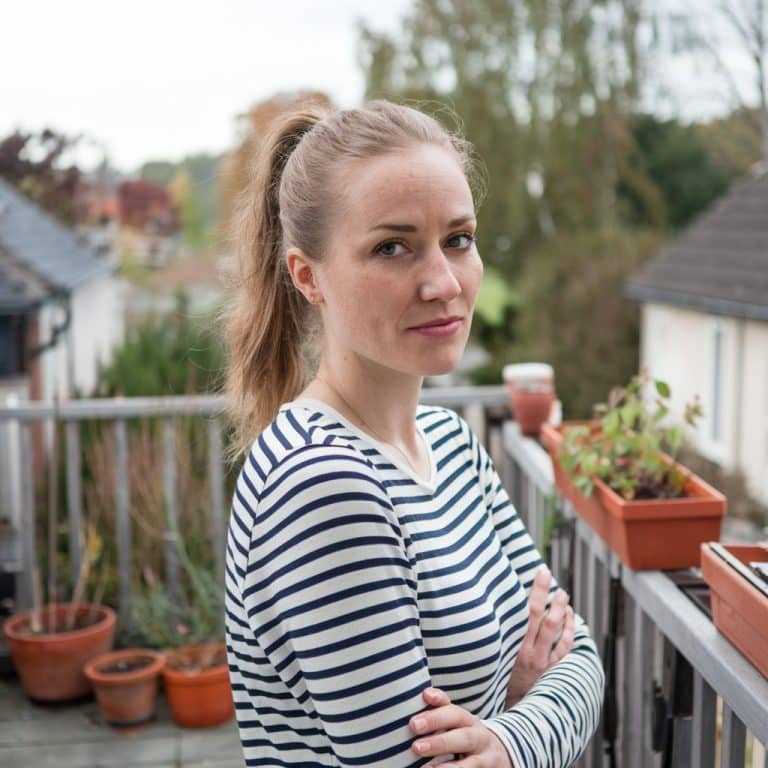Ever wondered why your grandmother’s traditional dress has more layers than a wedding cake?
Or why do some dresses, just like Taylor Swift’s Folklore outfits, seem perfect for dancing under the stars?
I’ve always been fascinated by how different cultures dress up their stories. From the bright ribbons of Eastern European folk wear to the intricate beadwork of Native American regalia, every stitch tells a tale.
These aren’t just clothes, they’re walking history books, cultural passports, and family heirlooms all rolled into one.
Let’s take a colorful trip around the world and see how different countries have dressed their folklore through the ages.
Key Elements of Folklore Outfits Across the World
Traditional clothing may vary from country to country, but dig a little deeper and you’ll find some fascinating common threads.
Every culture has its own way of using colors, patterns, and accessories to tell stories, show status, and celebrate identity through fabric.
Traditional clothing around the globe shares some common threads, literally and figuratively. Colors often carry deep meaning: red for luck in China, white for purity in many cultures, or blue to ward off evil spirits.
Materials tell stories too, from hand-woven wool in Scottish tartans to silk in Japanese kimonos.
Patterns and symbols act like cultural DNA. Geometric designs in Nordic sweaters represent family histories. Floral embroidery in Ukrainian blouses celebrates the bounty of nature.
Even the way fabric drapes speaks volumes about climate, lifestyle, and social customs.
Regional Folklore Outfits
Ready for a fashion show that spans continents and centuries? These traditional outfits aren’t just clothes – they’re cultural ambassadors, family heirlooms, and works of art all stitched together.
Let’s take a whirlwind tour of how different cultures showcase their heritage through clothing.
Scottish Highland Dress
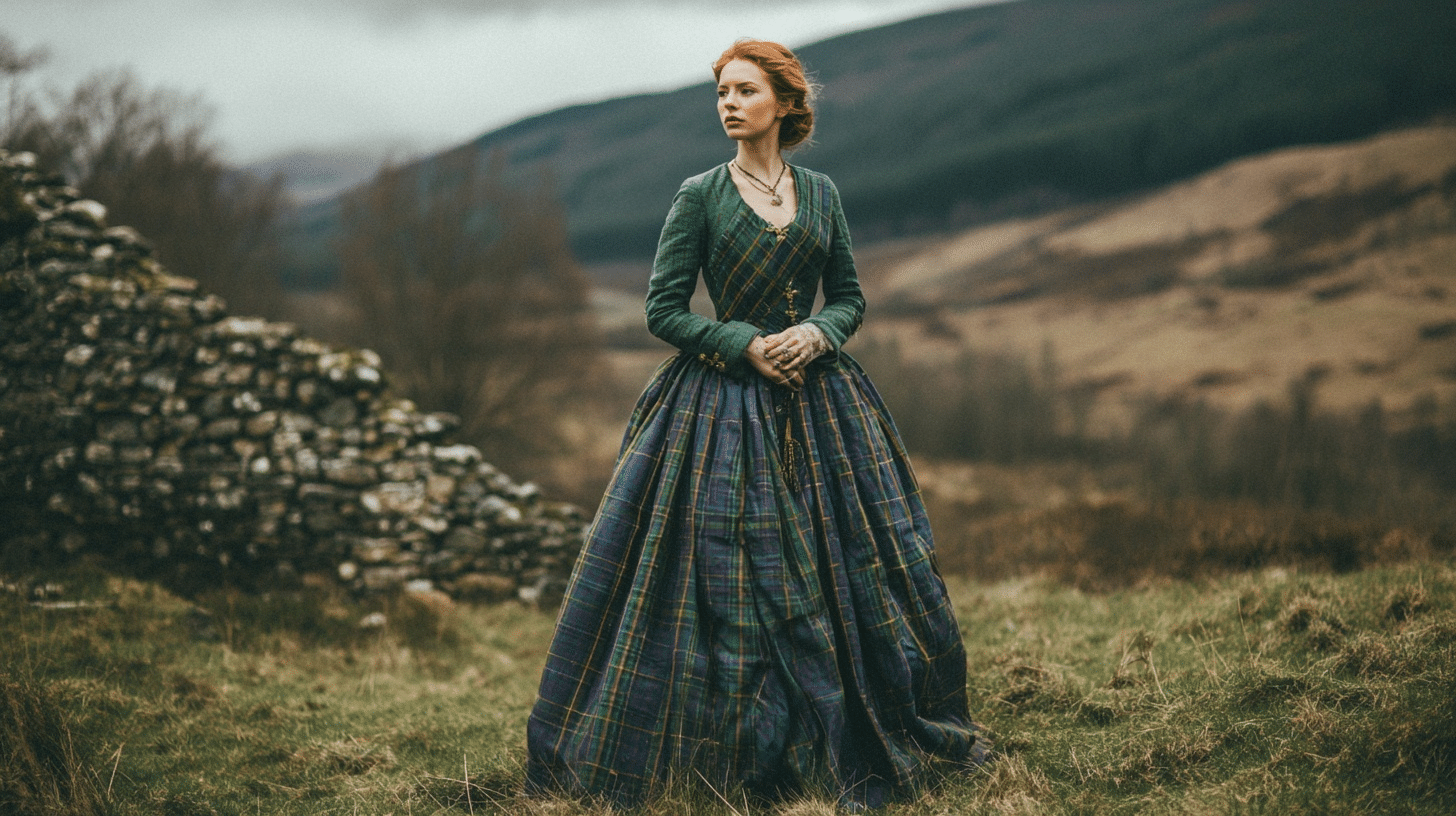
The kilt isn’t just a skirt for men; it’s a symbol of clan pride wrapped around your waist. Paired with sporrans, knee-high socks, and clan badges, this outfit screams, “I’m Scottish and proud of it!”
The tartan patterns tell family stories that go back centuries.
Japanese Kimono
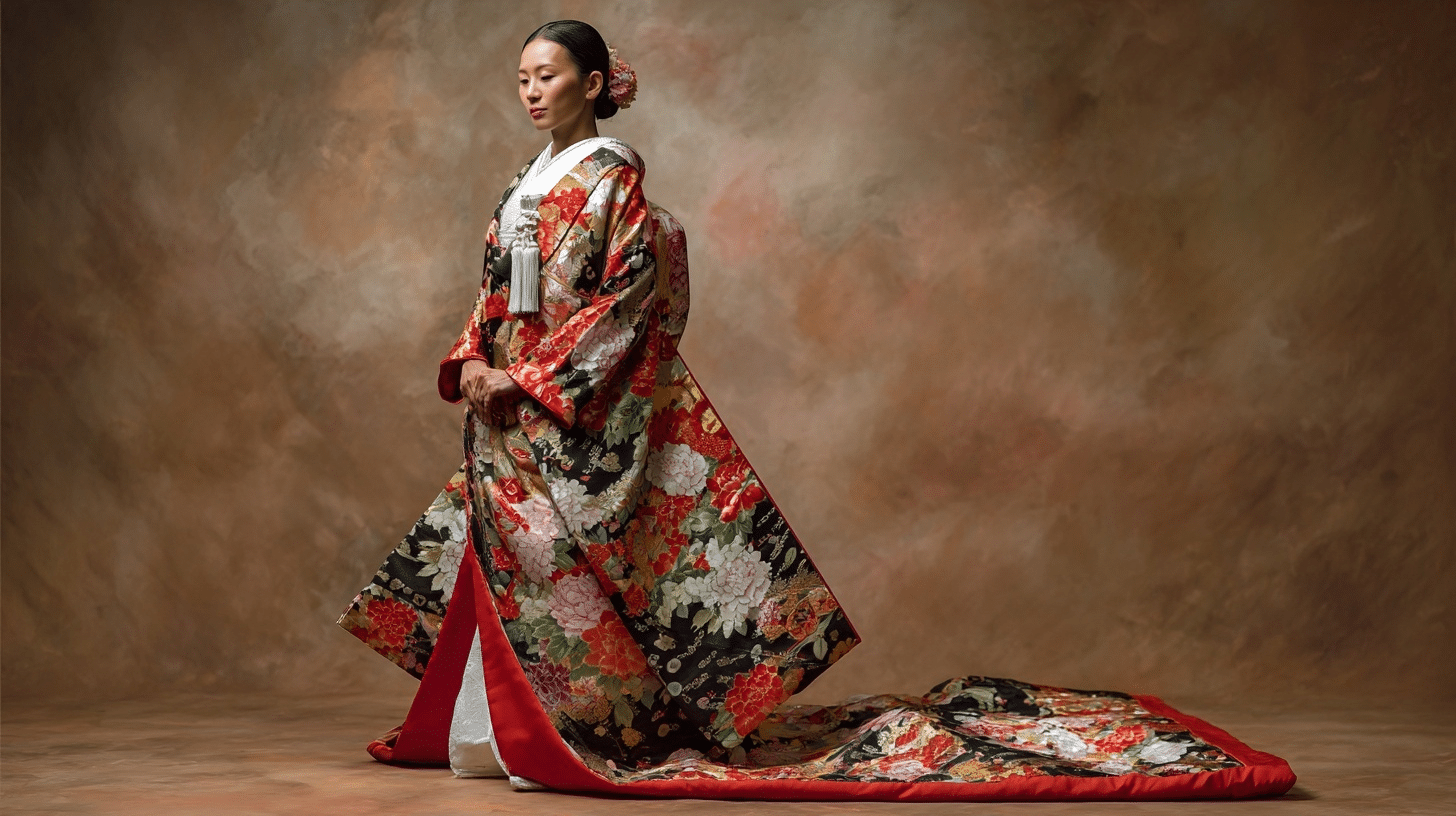
Flowing sleeves, obi belts, and patterns that change with seasons. Kimonos are like wearing poetry. The way you tie your obi or choose your colors sends messages about your age, marital status, and the occasion.
It’s fashion meets social etiquette in the most beautiful way.
German Dirndl and Lederhosen
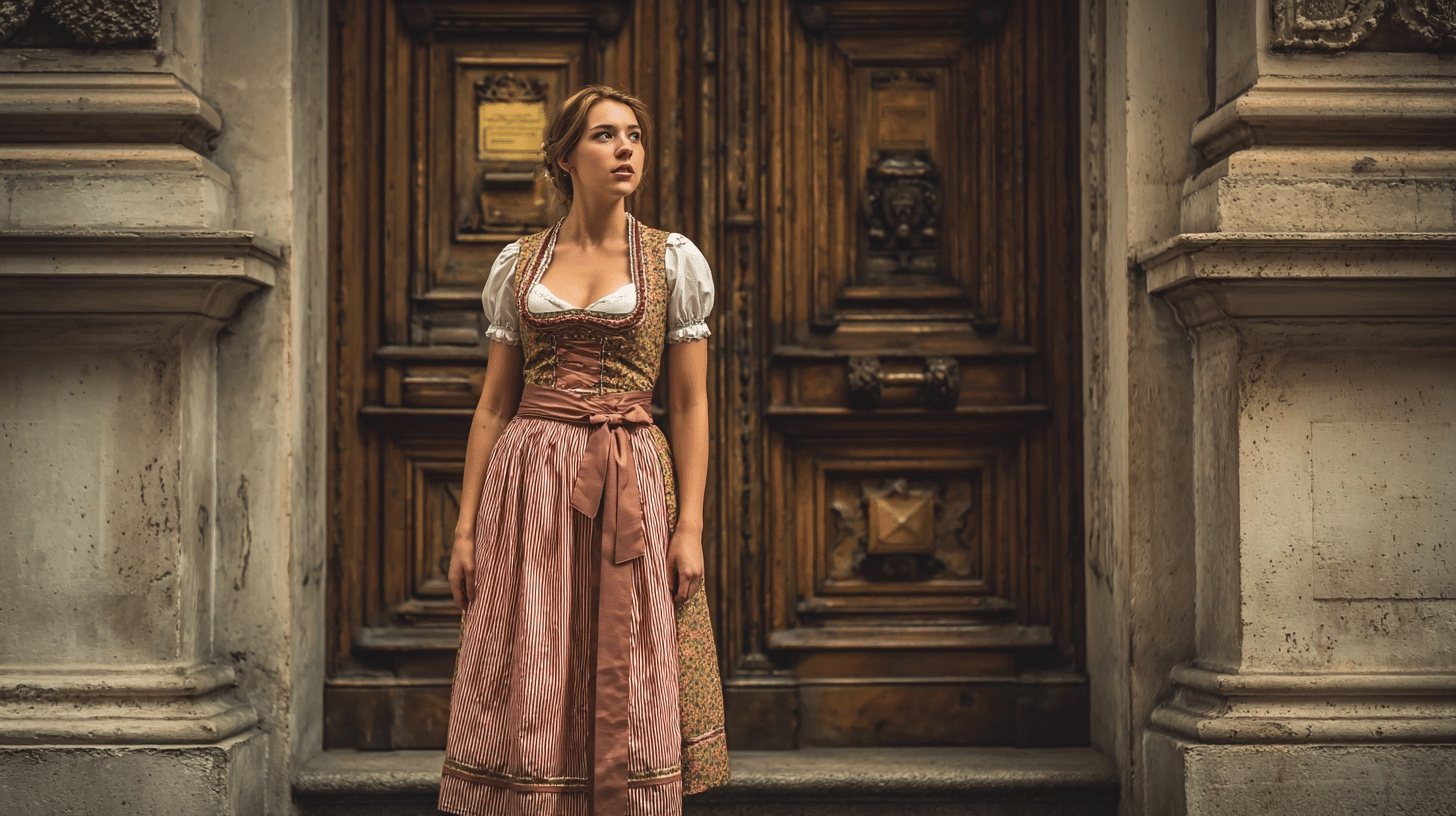
Oktoberfest made these outfits famous worldwide, but they’re so much more than party wear. The dirndl’s apron bow placement tells people if you’re single, married, or taken.
Lederhosen were practical work clothes that became symbols of Alpine charm and German heritage.
Indian Saree
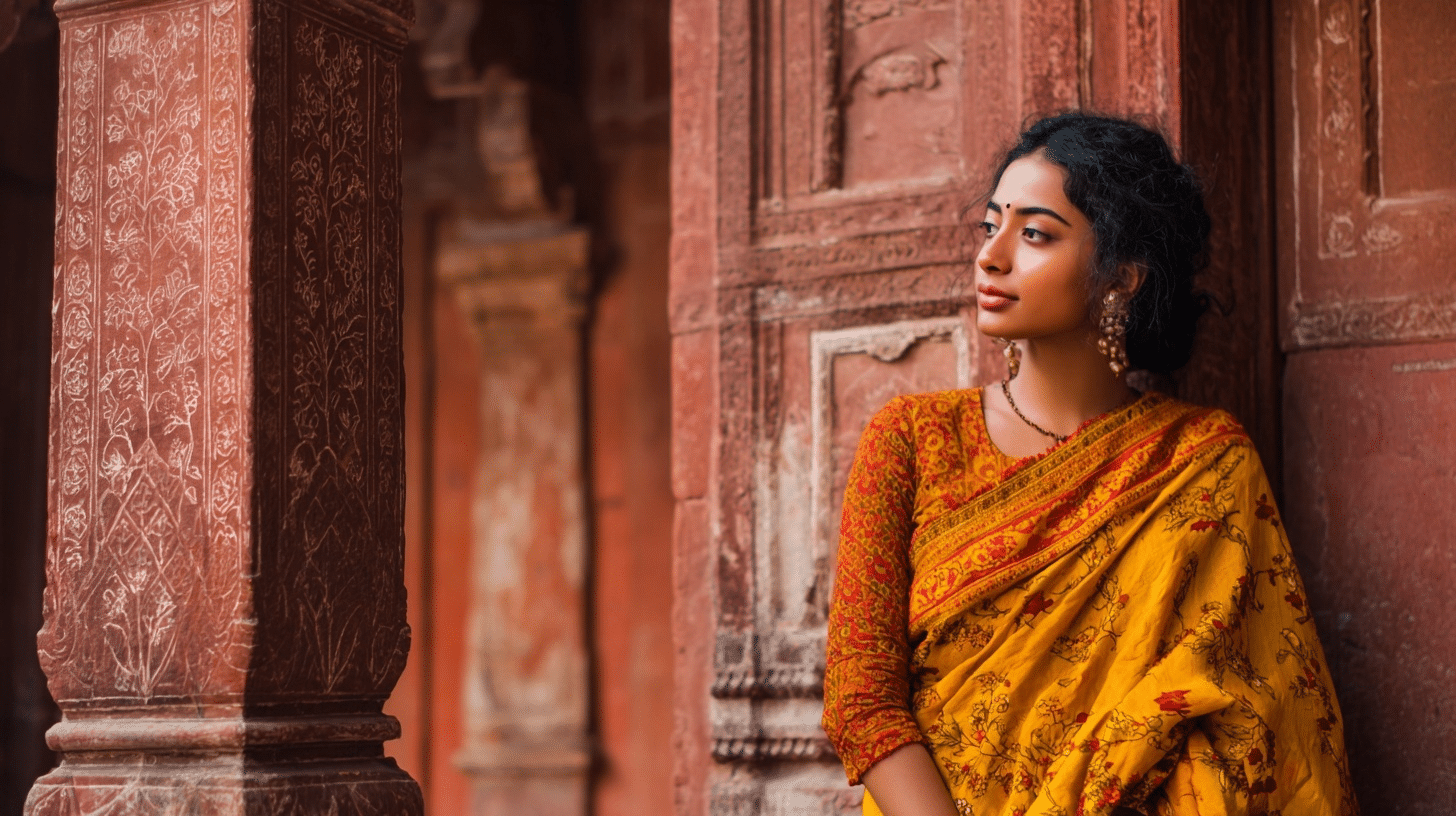
Six yards of fabric that transforms into pure elegance – that’s the magic of a saree. Each region drapes it differently, uses unique fabrics, and adds local touches.
From silk sarees in South India to cotton ones in Bengal, this outfit adapts while staying timeless.
Mexican Traditional Dress
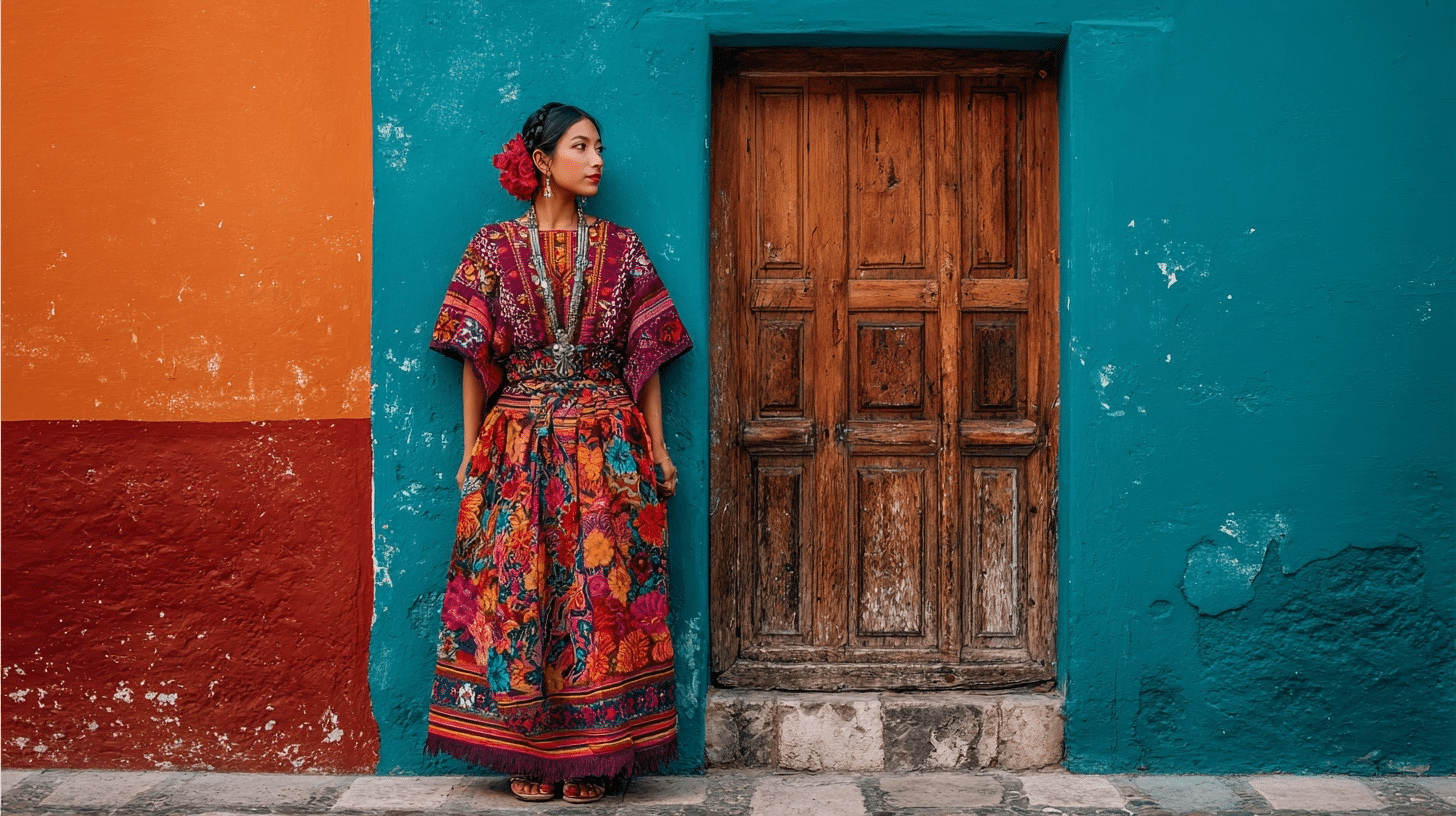
Bright colors, bold embroidery, and flowing skirts make Mexican folk dresses impossible to ignore. The Tehuana dress, with its geometric patterns and dramatic headdresses, influenced artists like Frida Kahlo.
Each state has its own style, but all celebrate life and culture vibrantly.
Norwegian Bunad
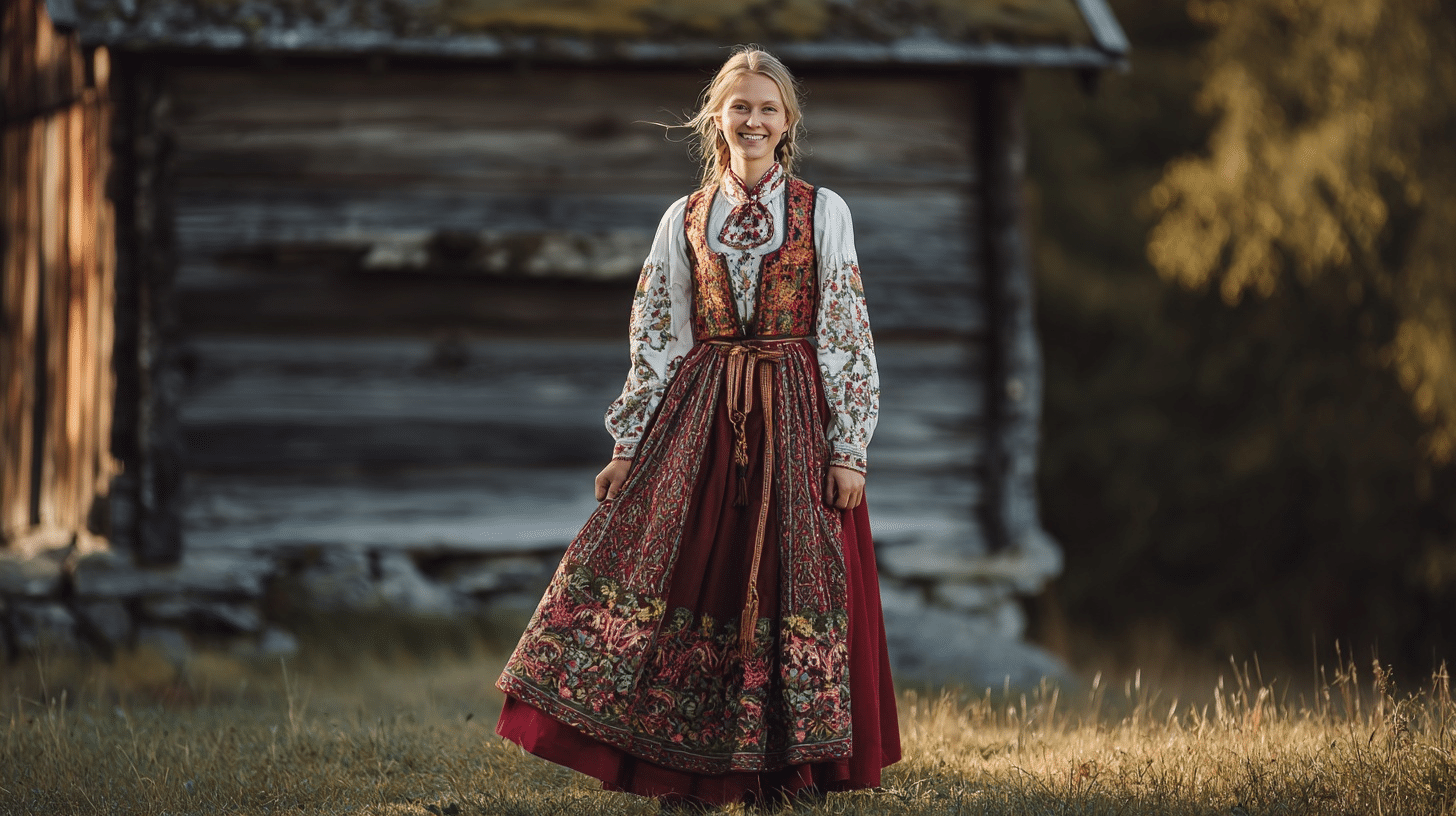
These aren’t just pretty dresses – they’re family heirlooms passed down through generations. Each region has its own bunad design, with specific colors, patterns, and silver accessories.
Wearing one connects you to your ancestral village and Norwegian roots in the most personal way.
Chinese Cheongsam/Qipao
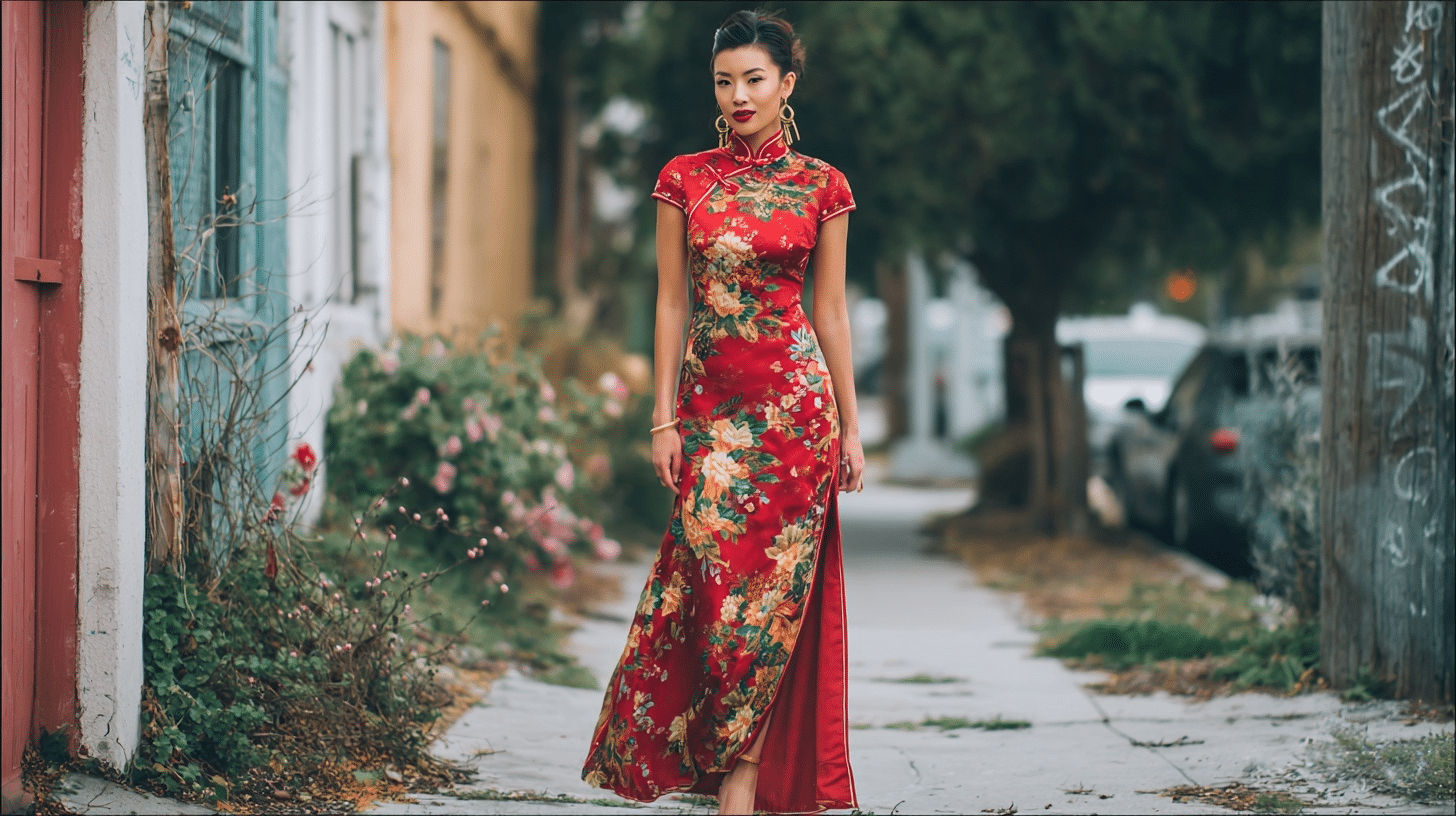
Form-fitting elegance with a side of cultural complexity – the cheongsam evolved from Manchu origins to become a symbol of Chinese femininity.
The high collar, side slits, and figure-hugging silhouette make it instantly recognizable. It’s business meets beauty in silk form.
Russian Sarafan
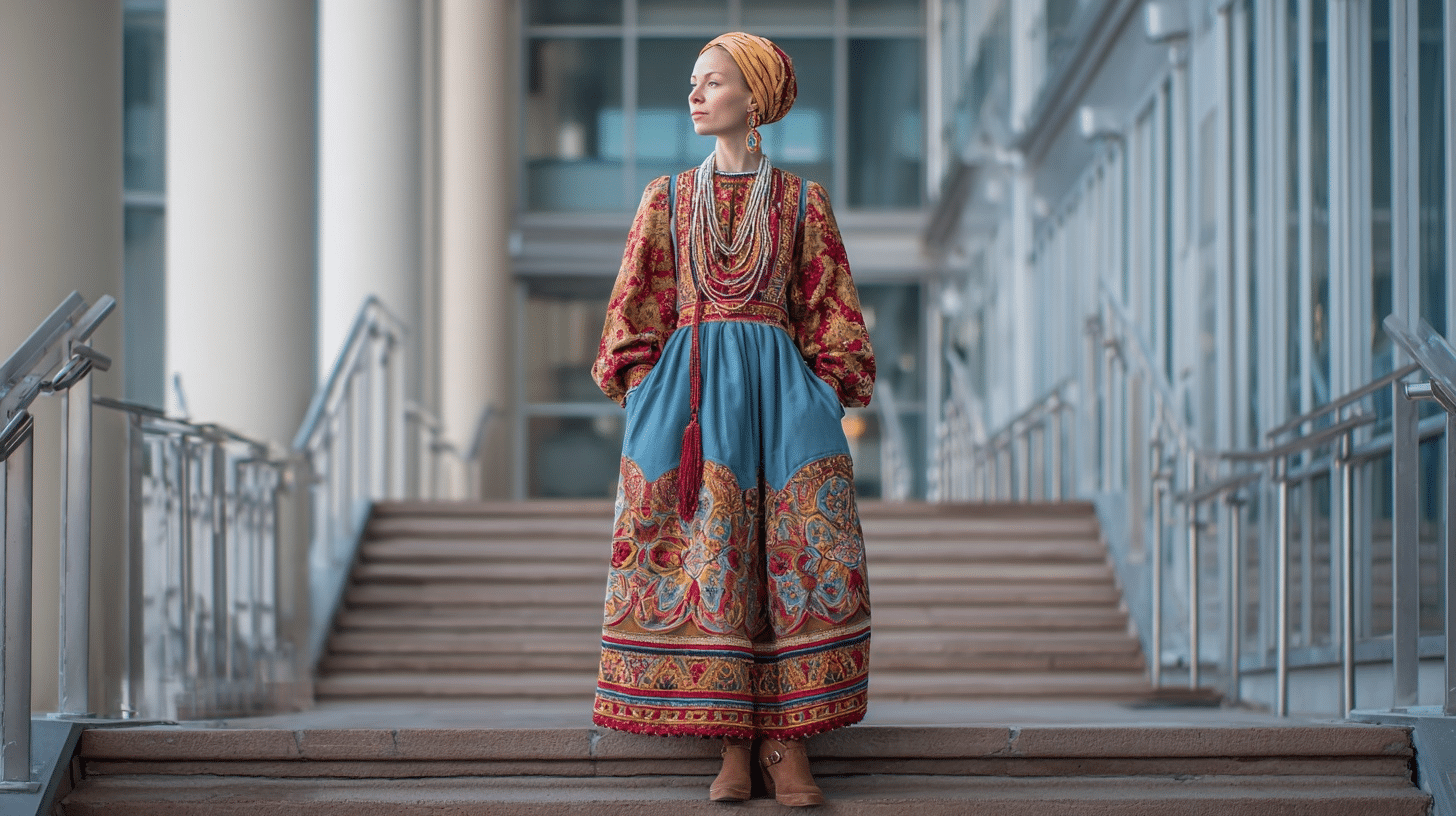
Layered like Russian dolls, traditional Russian outfits combine practicality with beauty.
The sarafan (a long jumper dress) worn over embroidered blouses, plus the iconic kokoshnik headdresses, create a look that’s both royal and rustic. Perfect for surviving harsh winters while looking fabulous.
Irish Traditional Dress
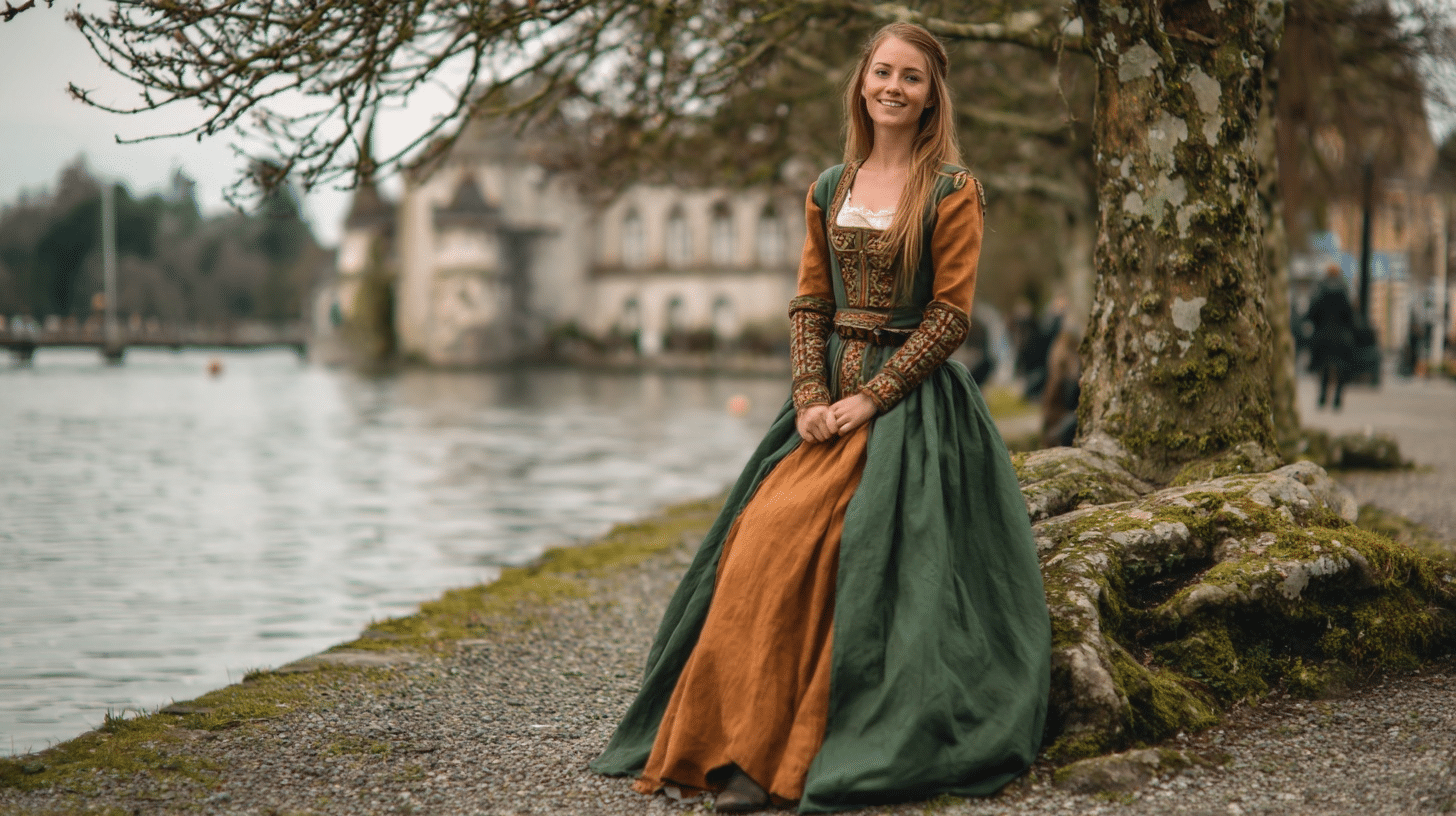
Green isn’t the only color in Irish folk clothing, despite what St. Patrick’s Day might suggest. Traditional Irish dress features earth tones, Celtic knots, and practical fabrics.
The Aran sweaters with their intricate cable patterns are like wearing a warm hug with cultural significance.
Native American Regalia
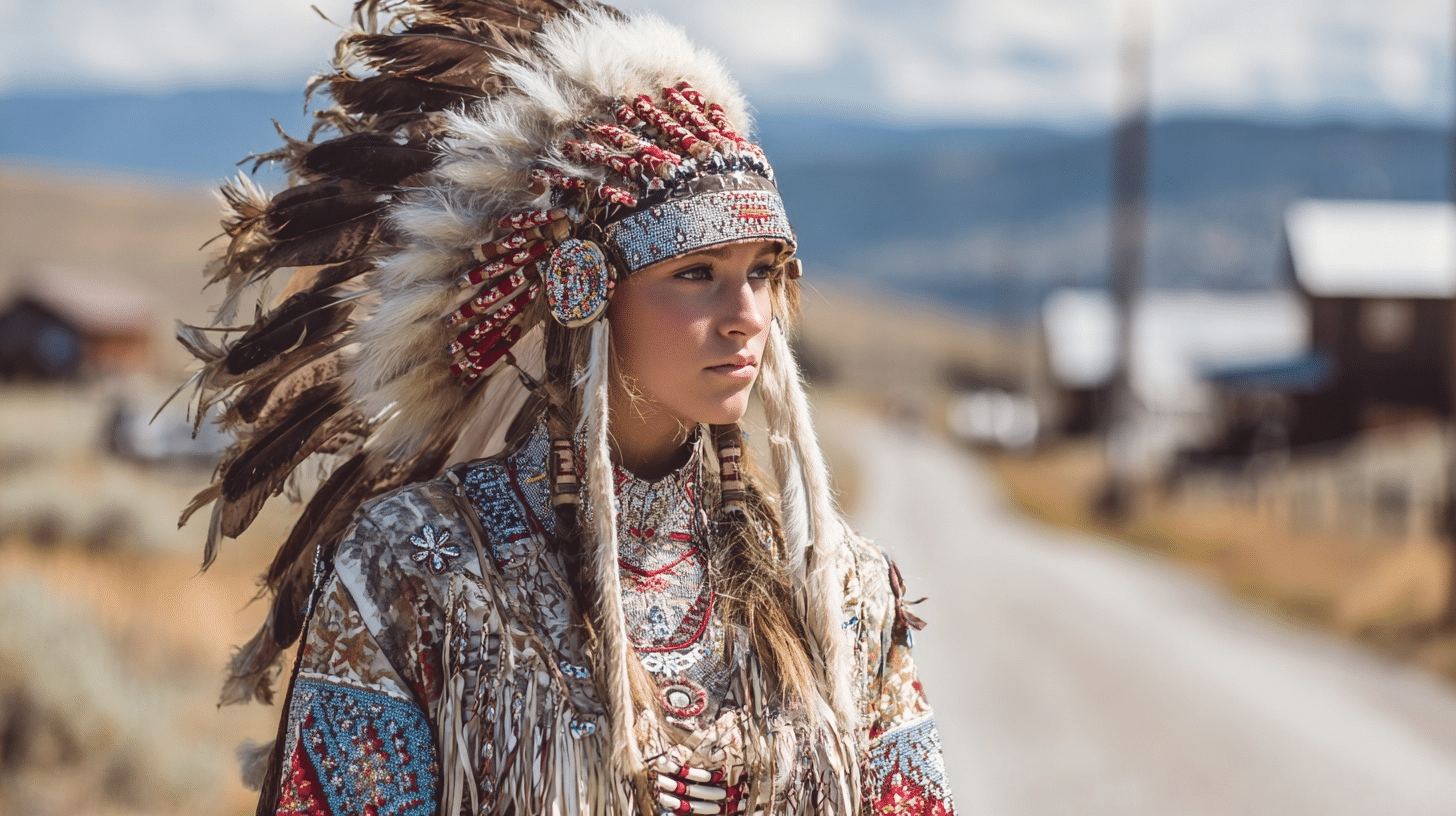
Each piece tells a story, honors ancestors, and connects the wearer to their tribe’s history. Feathers, beadwork, and specific colors have spiritual meanings.
This isn’t a costume; it’s sacred clothing that carries prayers, memories, and cultural identity from one generation to the next.
African Dashiki
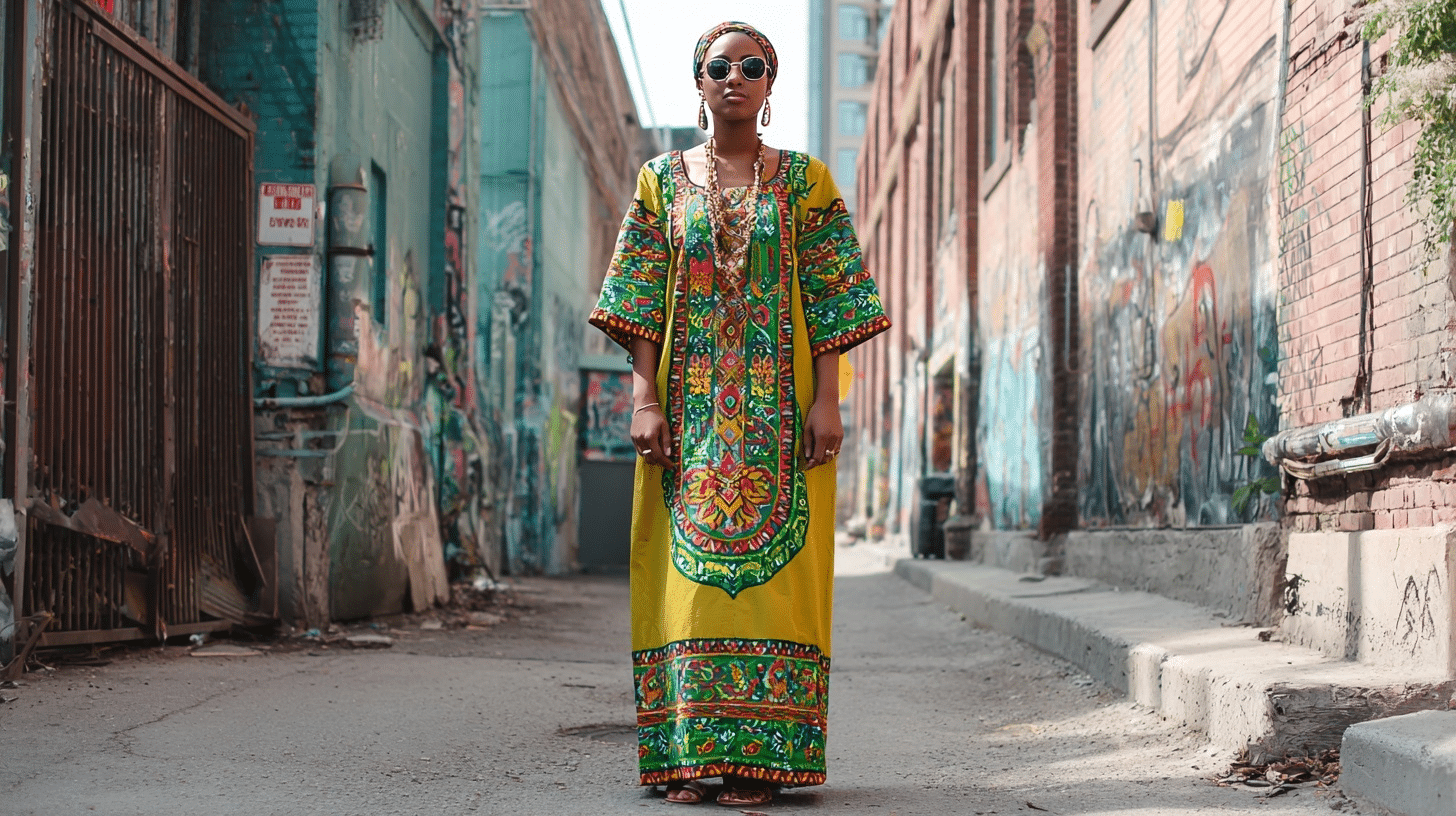
Bold prints, loose fits, and cultural pride wrapped in cotton, dashikis represent African heritage across the diaspora.
The colorful patterns often have symbolic meanings, and wearing one connects people to their roots while making a statement about identity and belonging.
Korean Hanbok
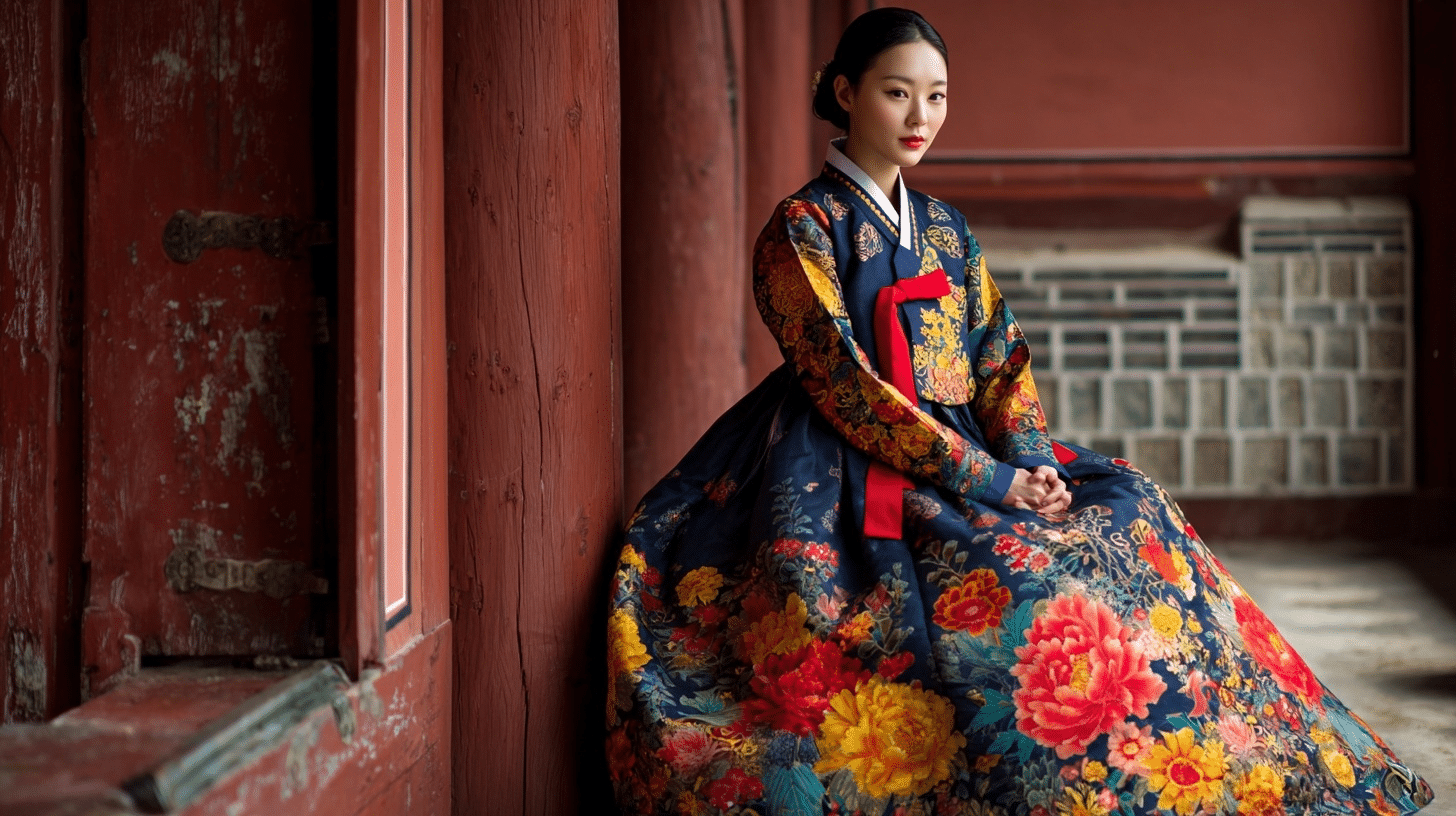
Graceful lines, vibrant colors, and flowing silhouettes make hanboks look like they’re floating. The jeogori (jacket) and chima (skirt) combination creates a shape that’s both modest and stunning.
Different colors indicate age, marital status, and social position.
Greek Traditional Costume
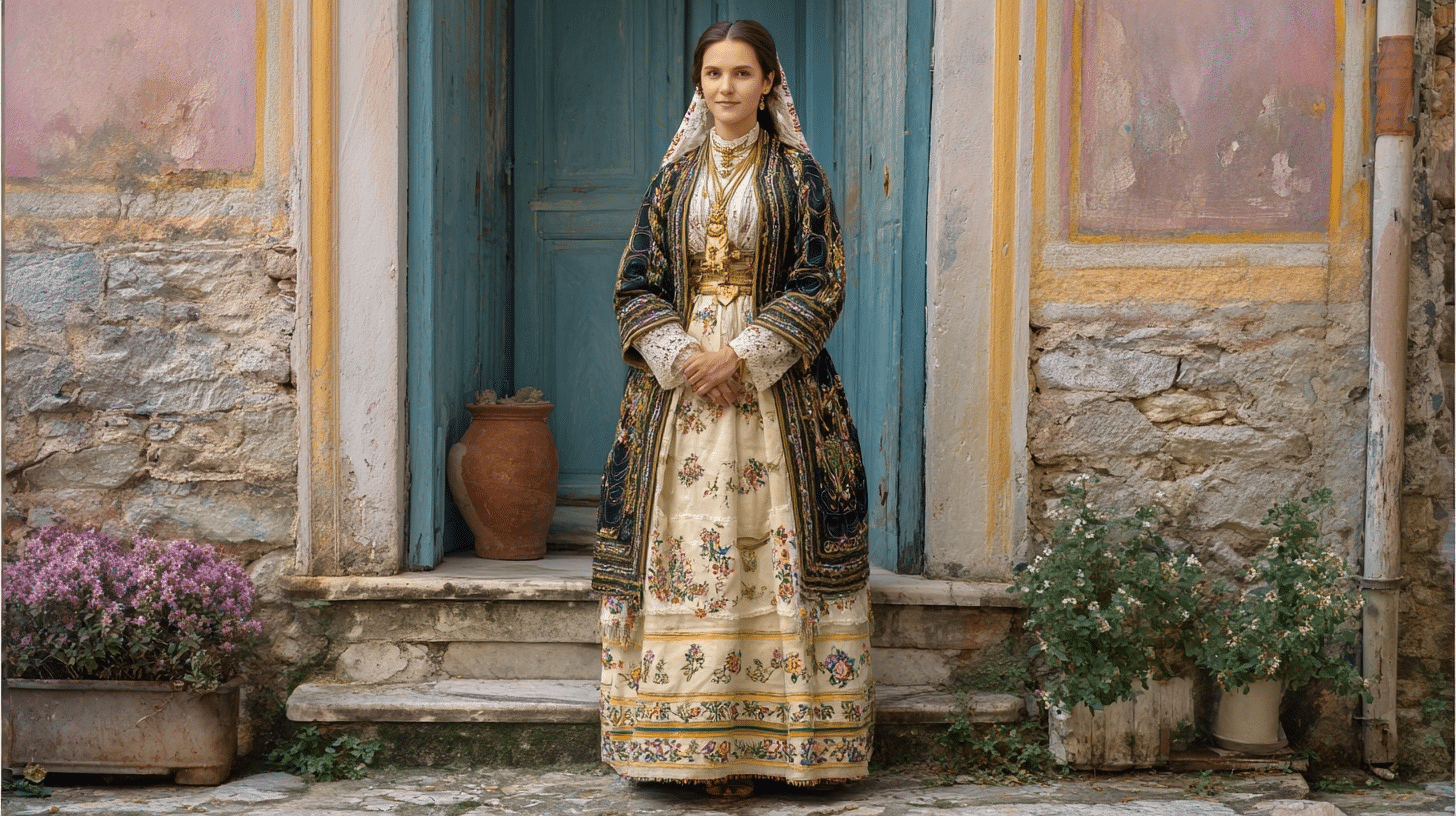
From the fustanella’s pleated skirt to intricate embroidery, Greek folk costumes vary by island and region. The white fustanella worn by men looks like a tutu but represents freedom and national pride.
Each piece connects wearers to ancient traditions and regional identity.
Conclusion
Regional folklore outfits aren’t just pretty clothes hanging in museums; they’re living, breathing expressions of human creativity and cultural identity.
Sure, you might not wear a full dirndl to the grocery store, but these traditional styles continue to influence fashion, connect us to our heritage, and remind us that clothing is so much more than fabric.
Whether they revolutionise or stay traditional, these outfits will keep telling our stories for generations to come.


